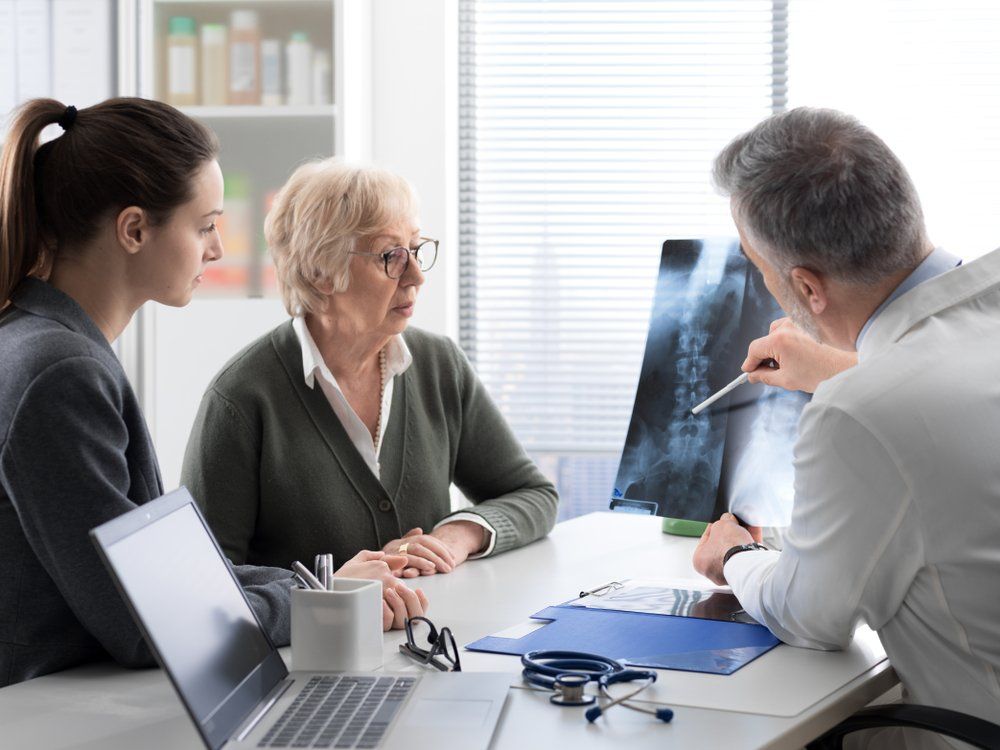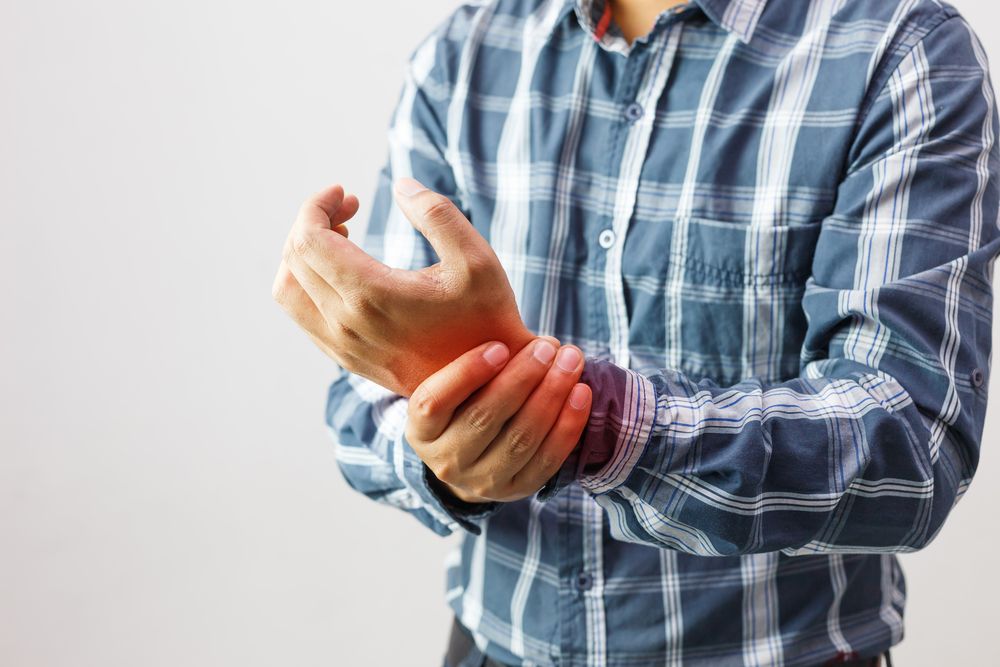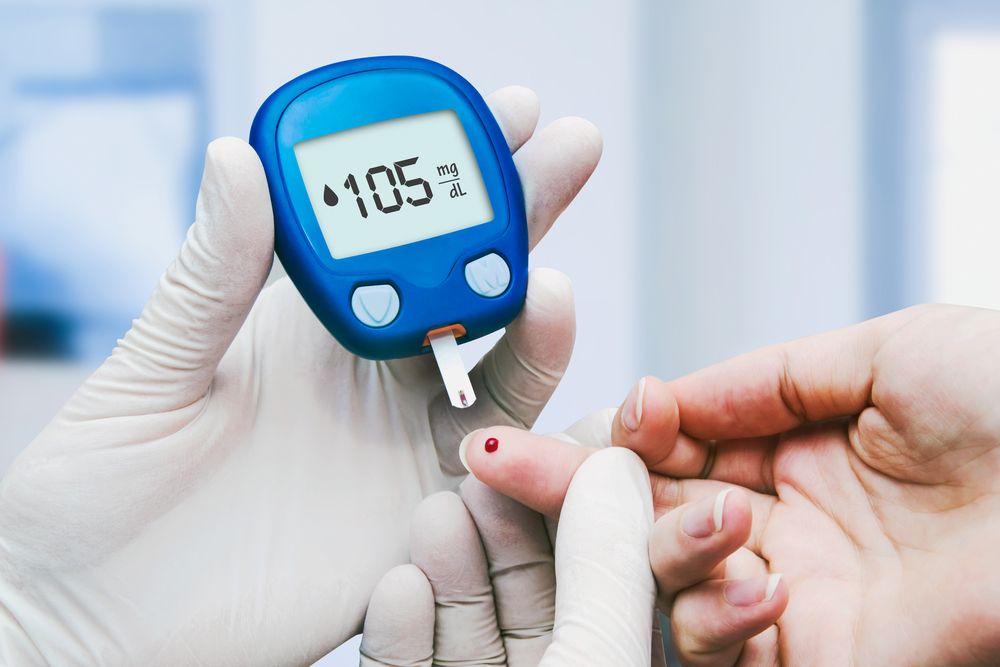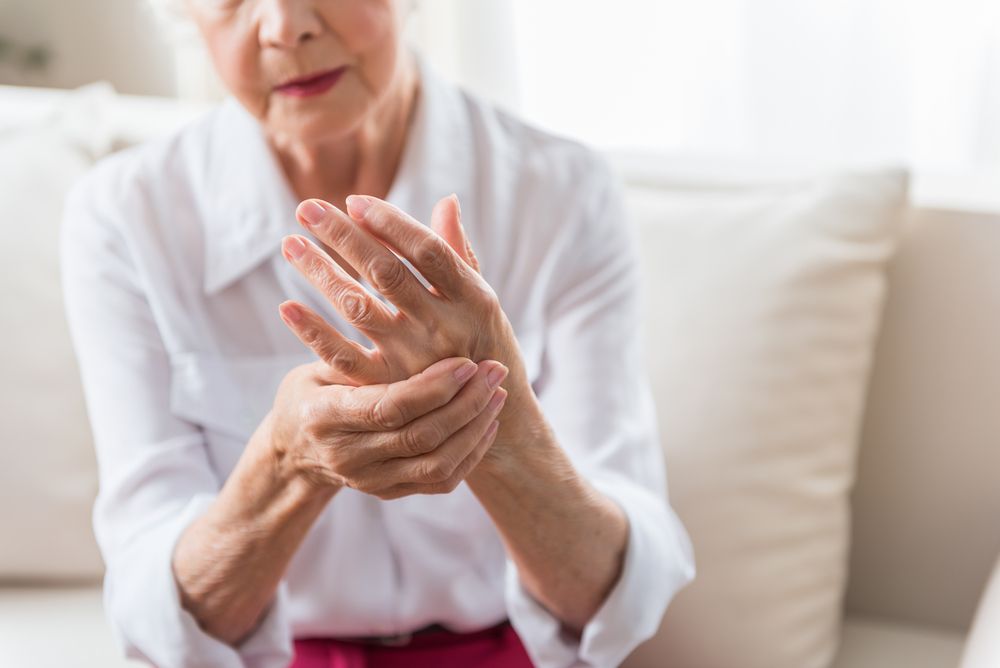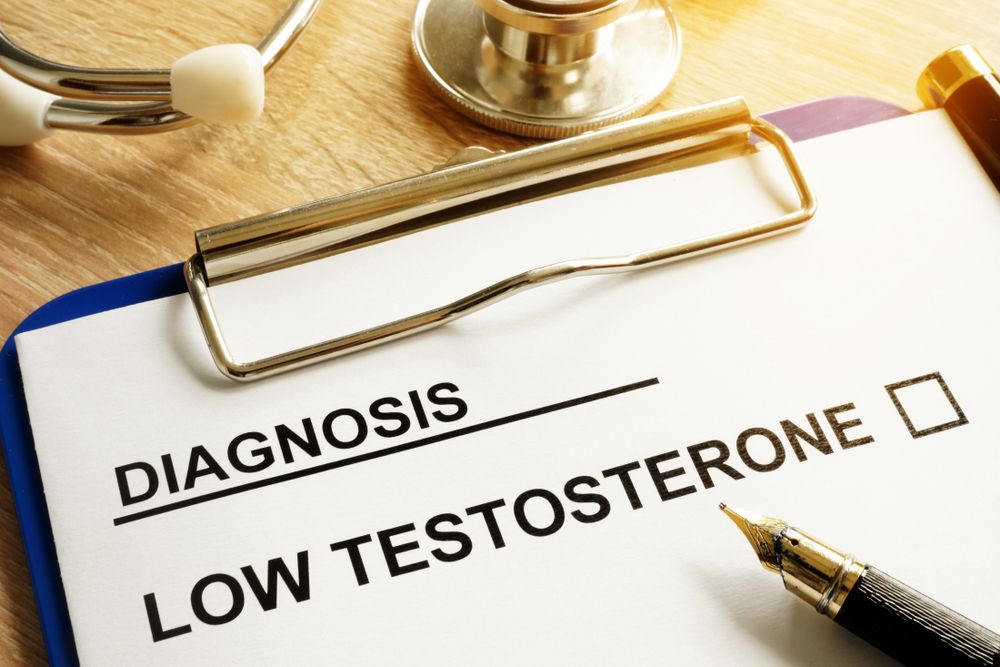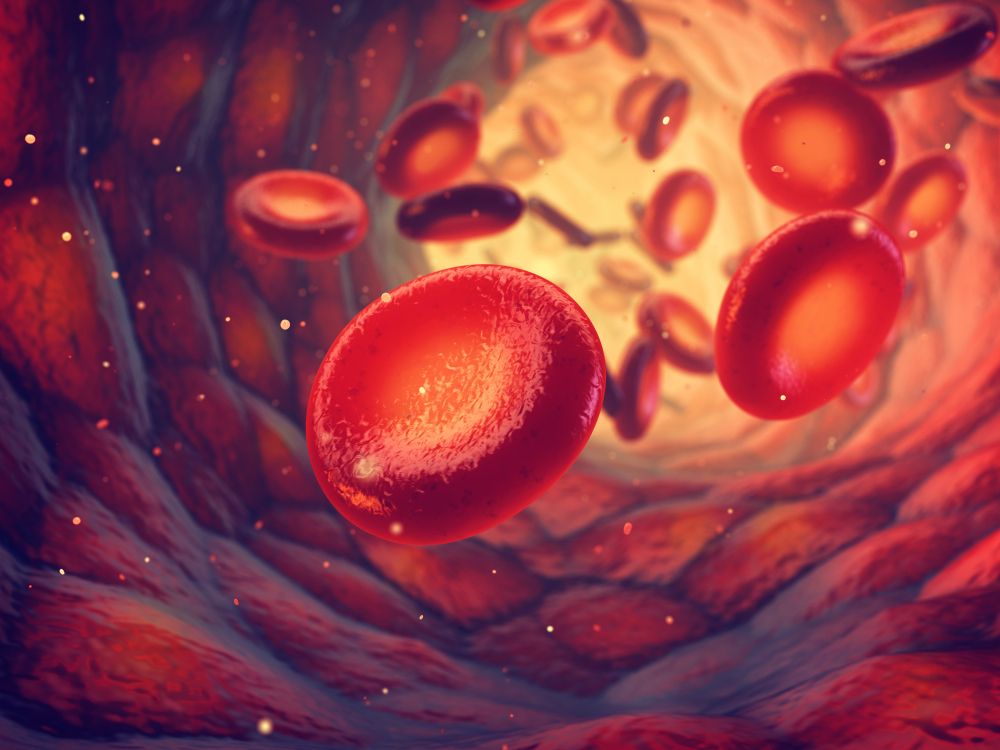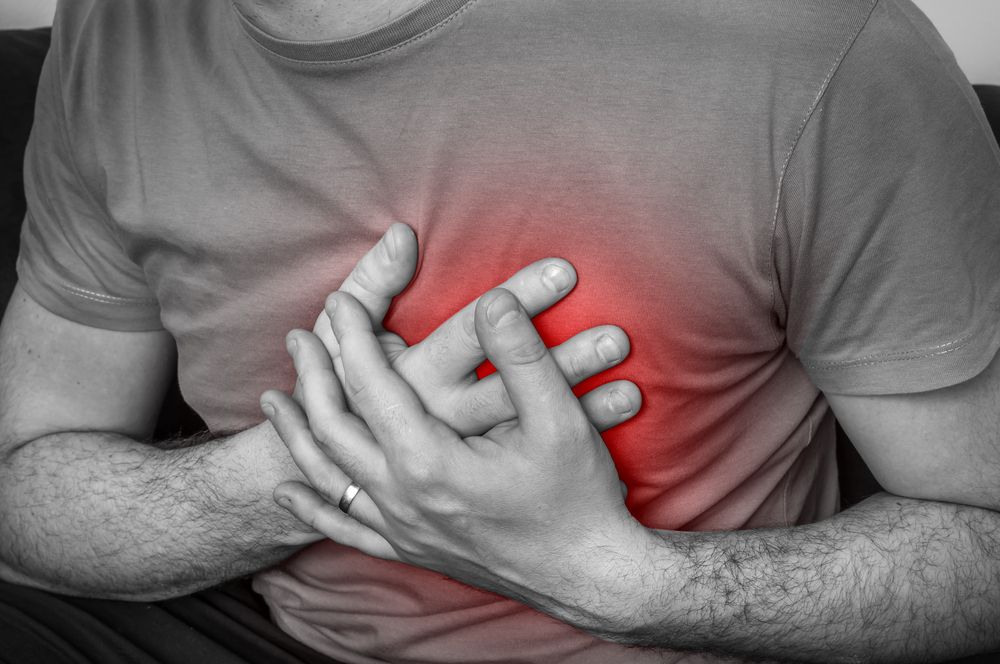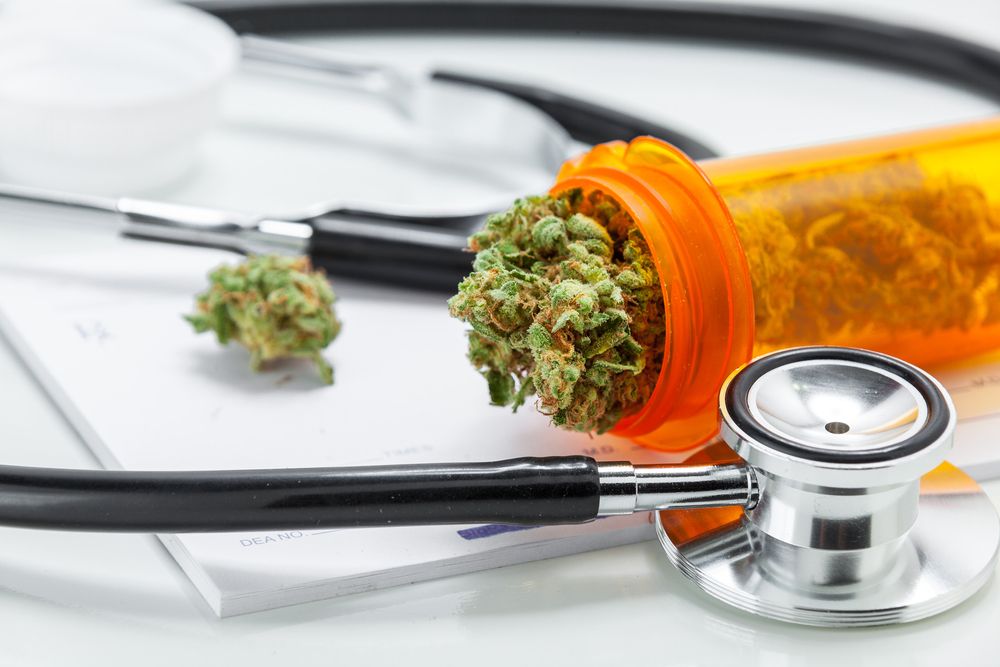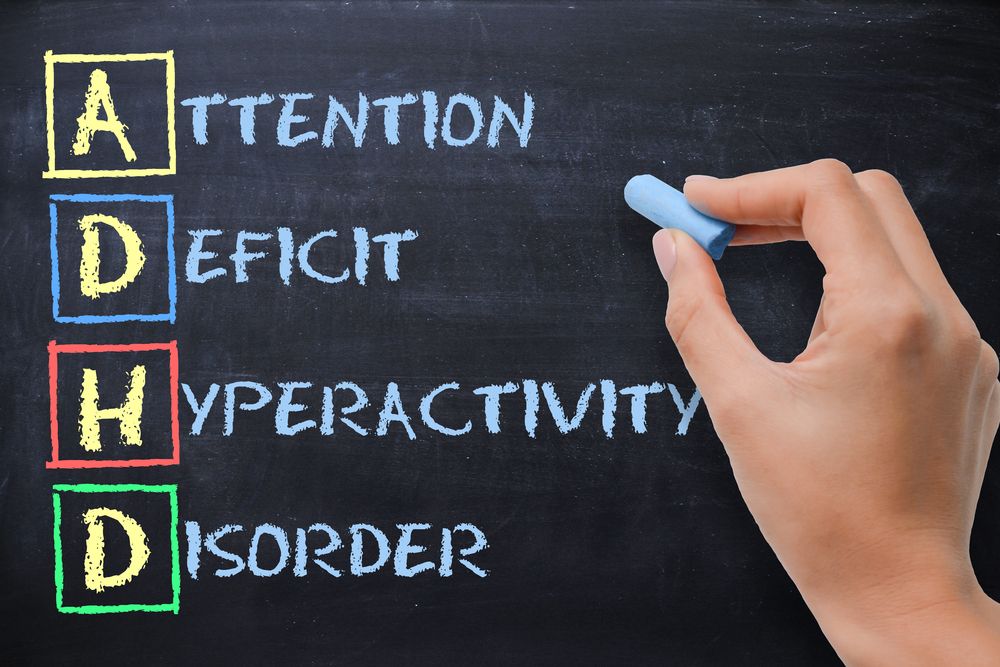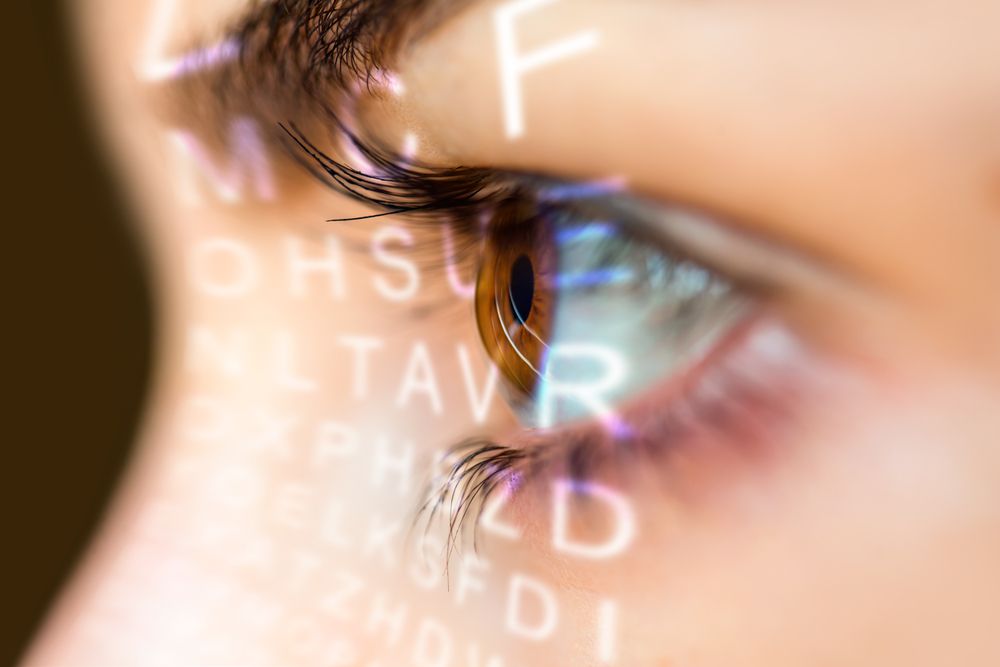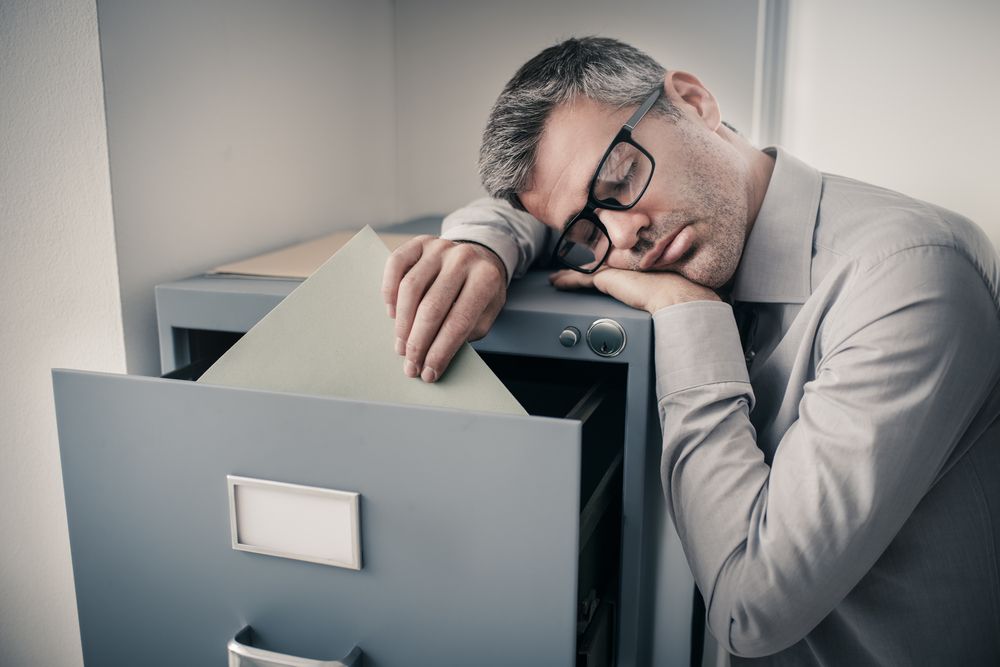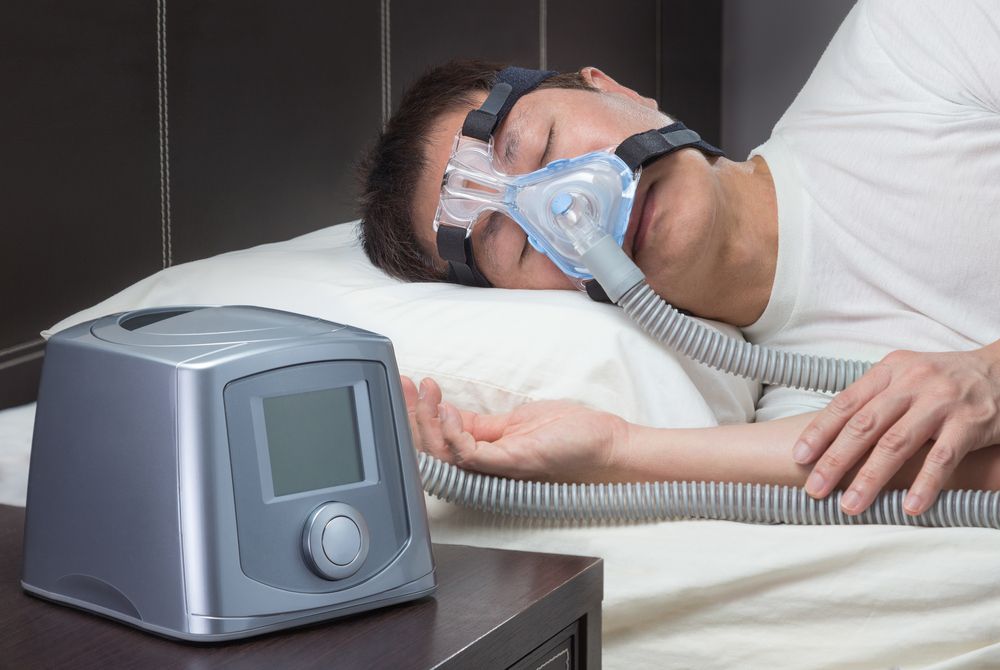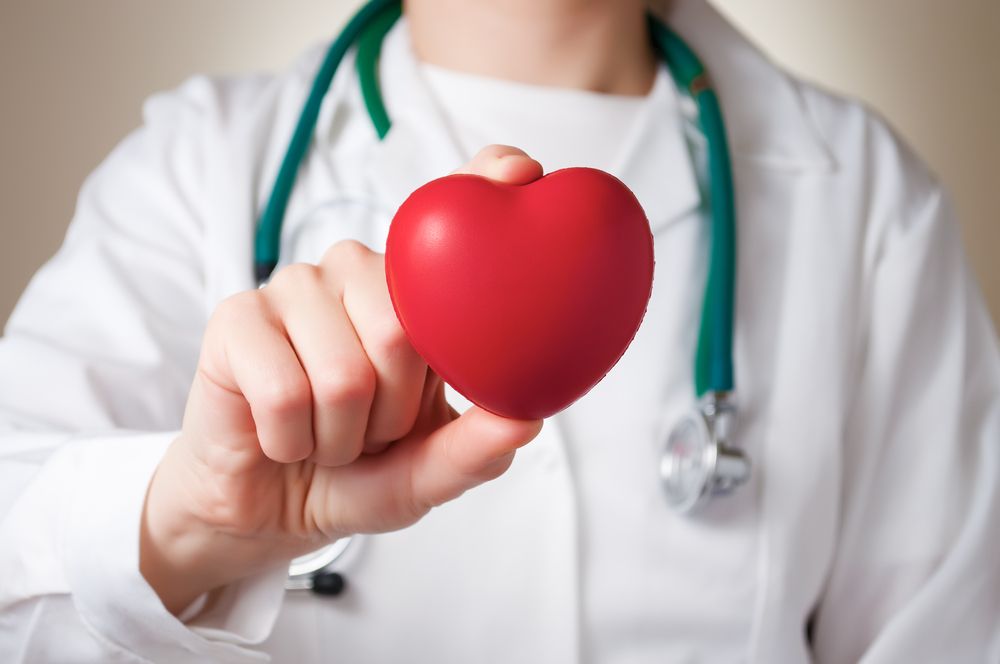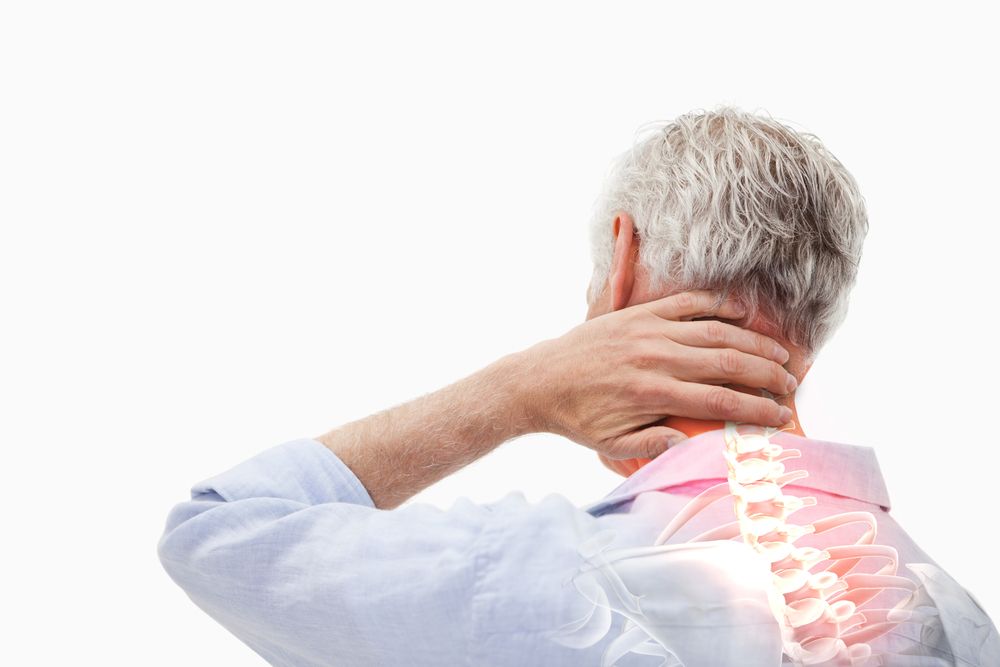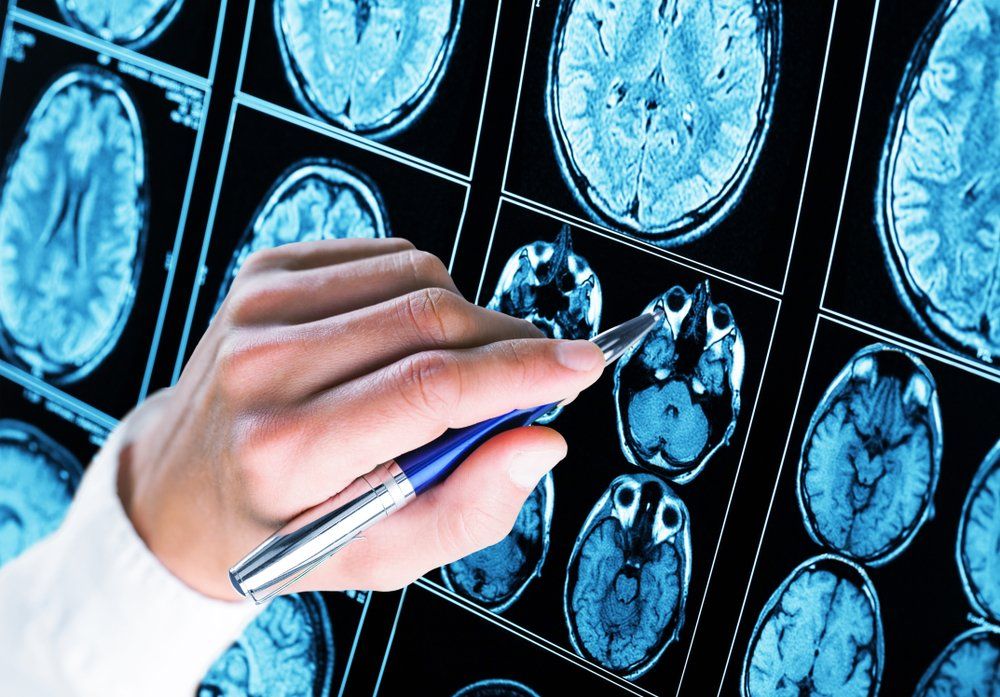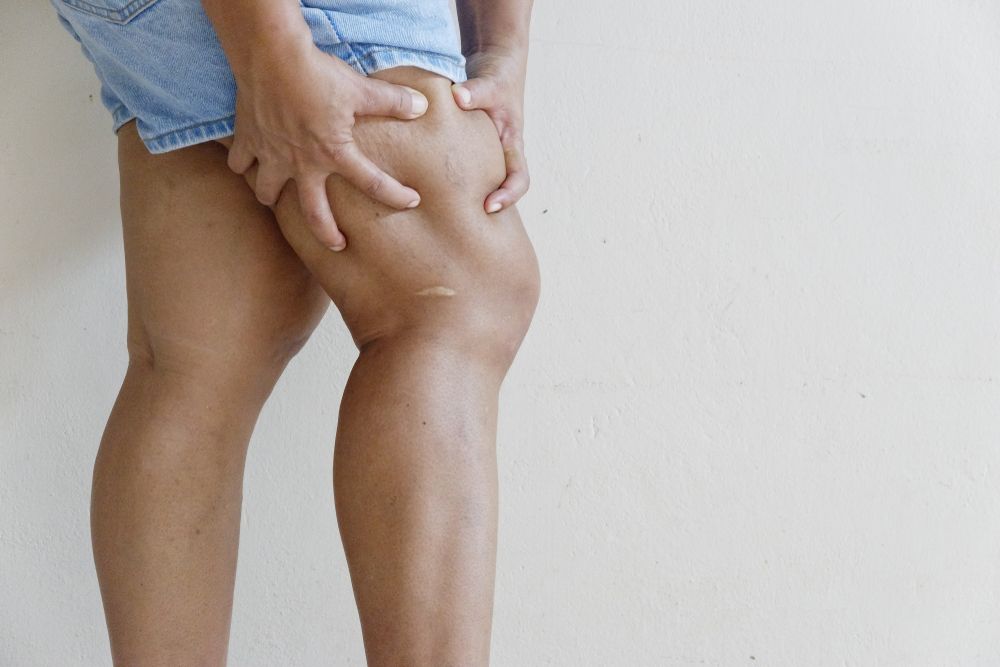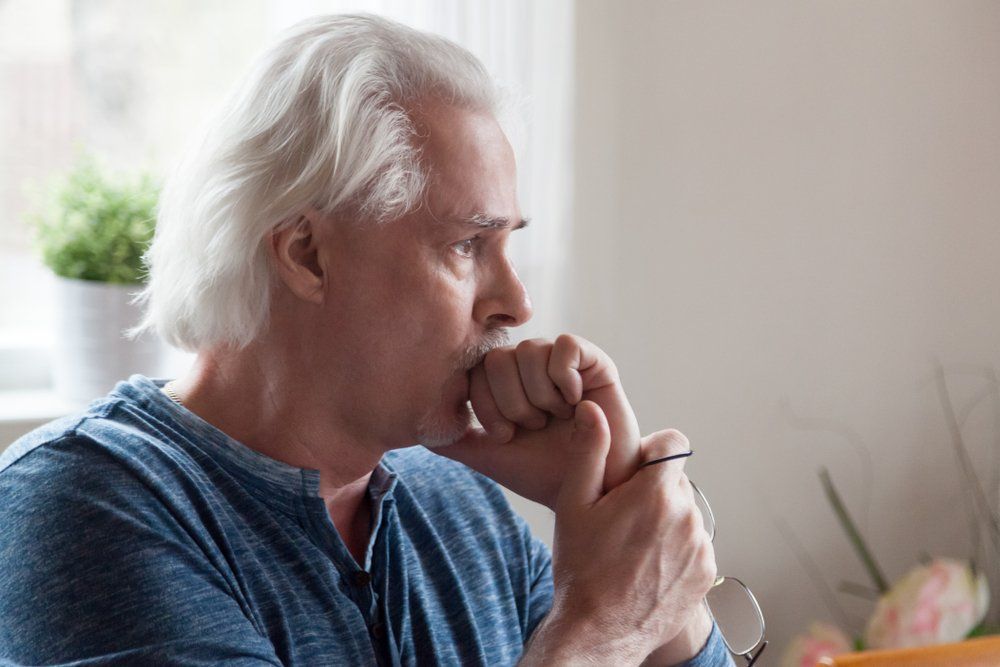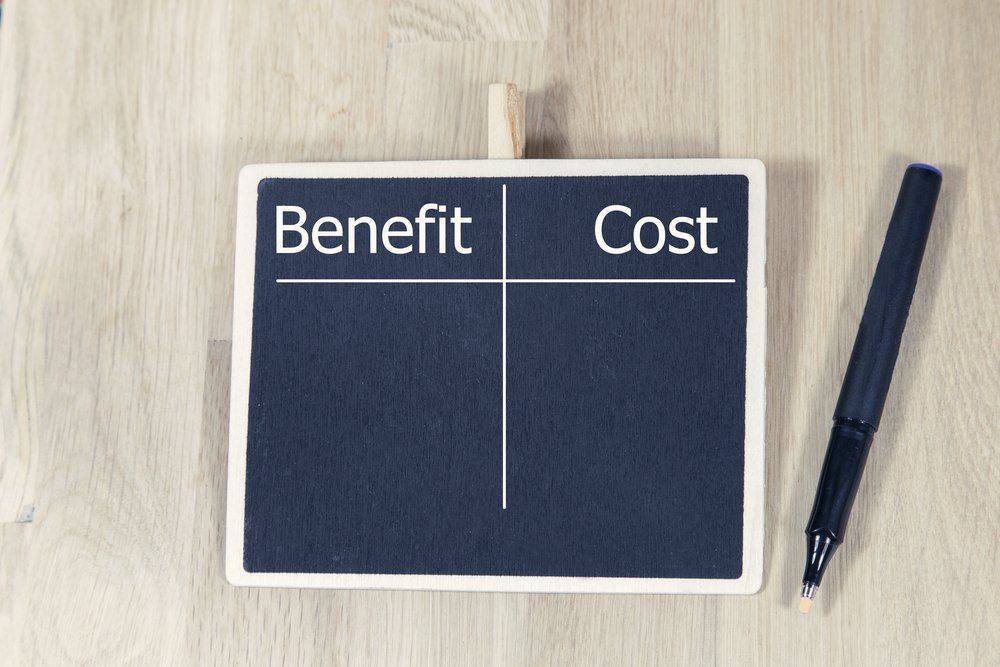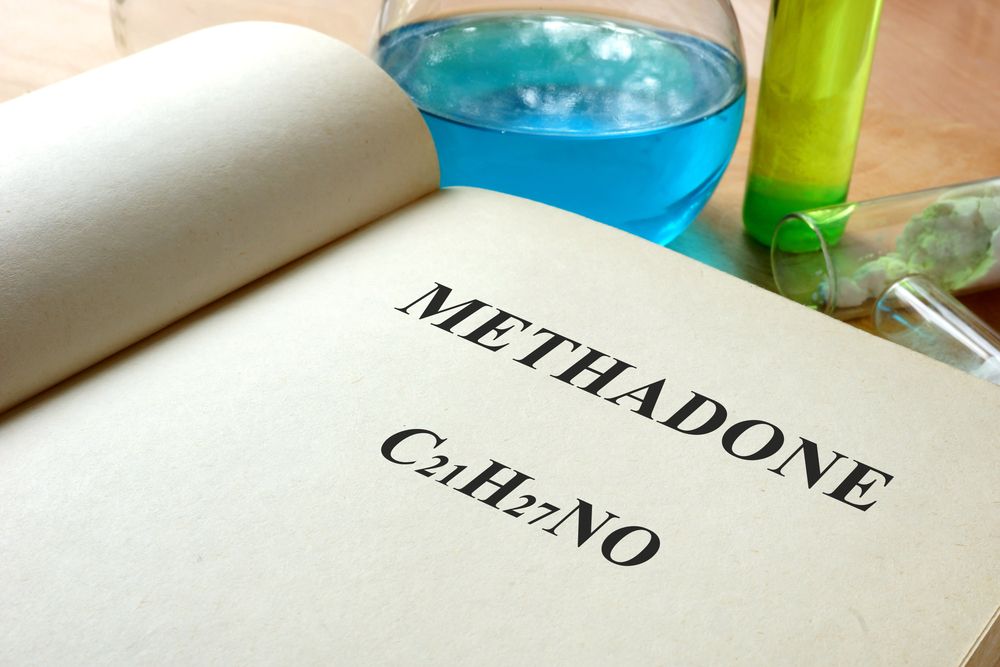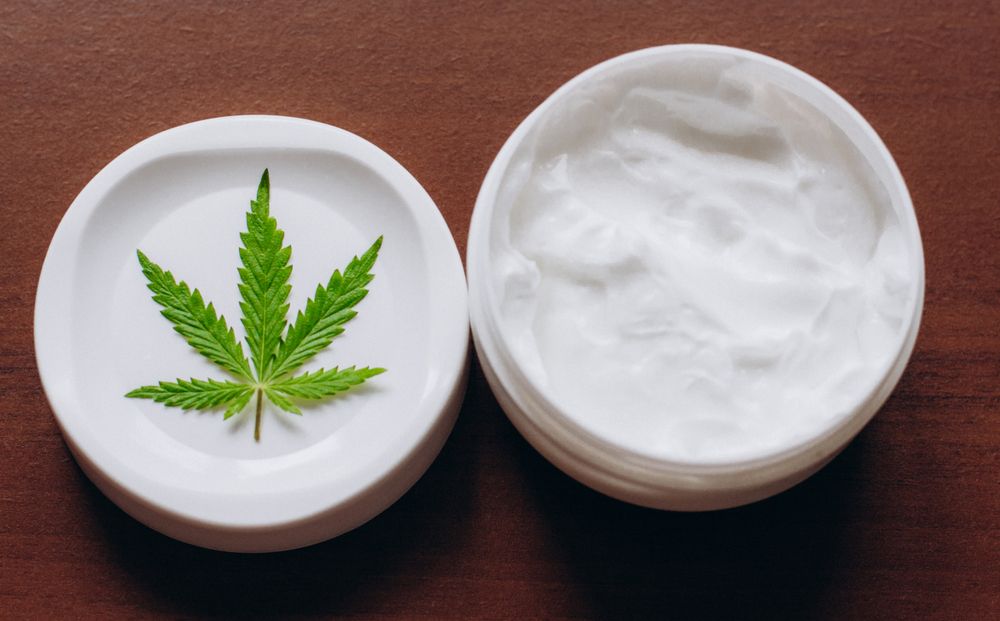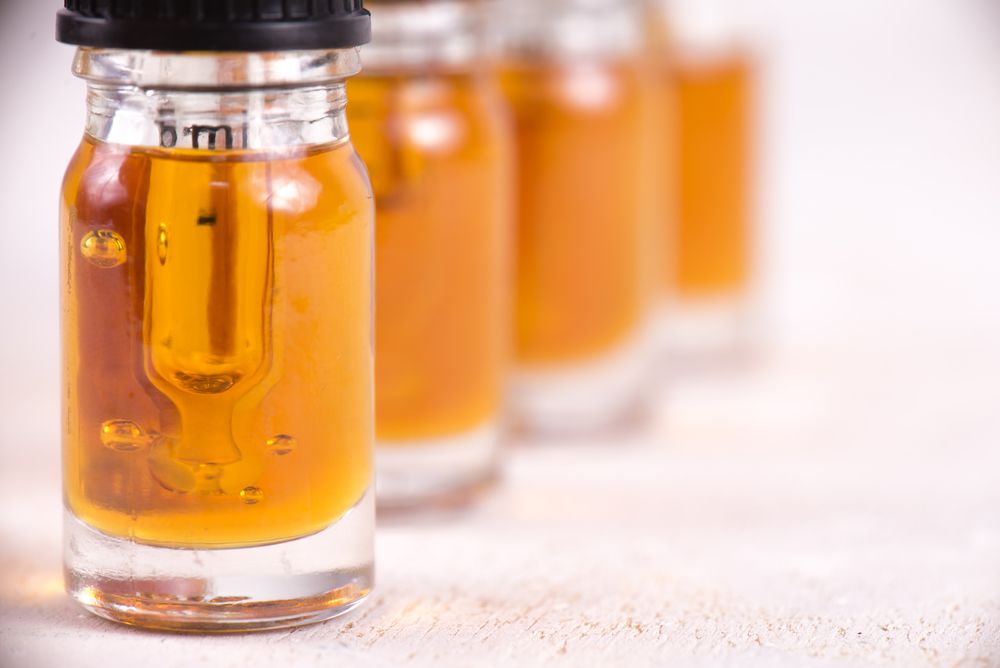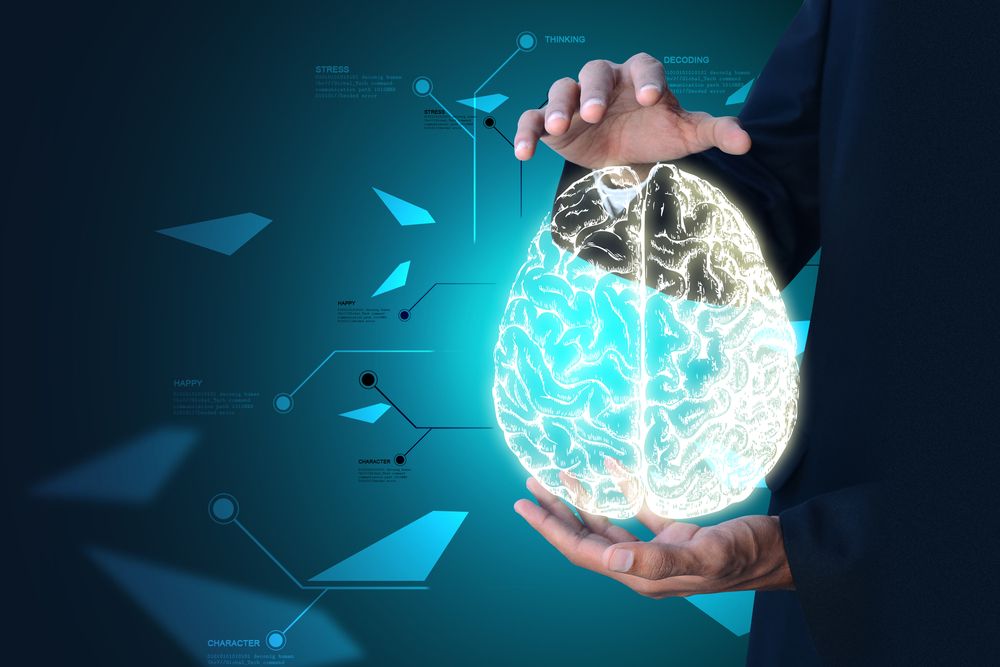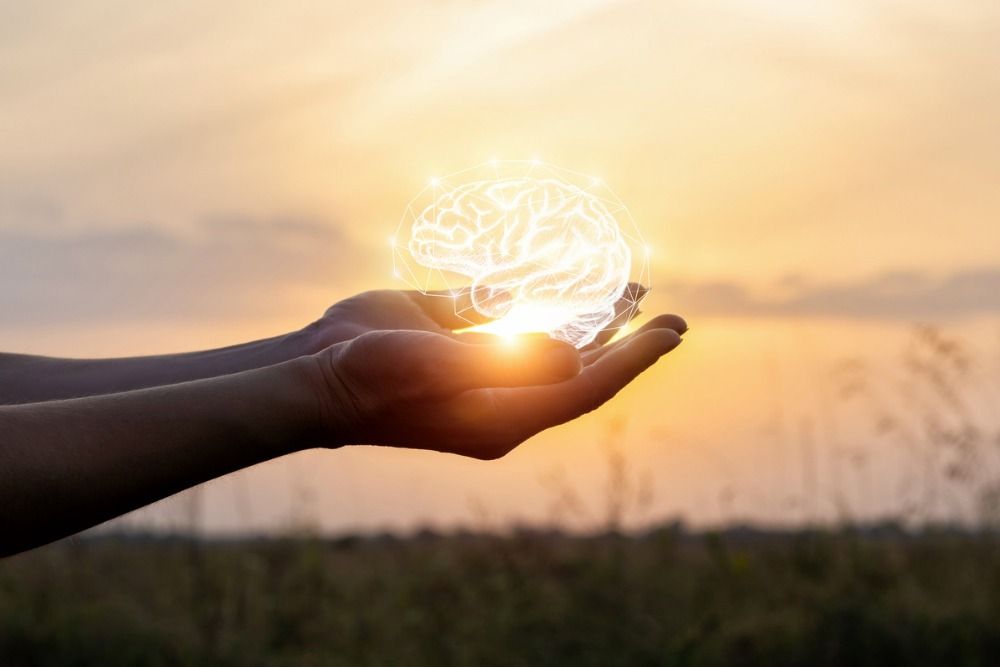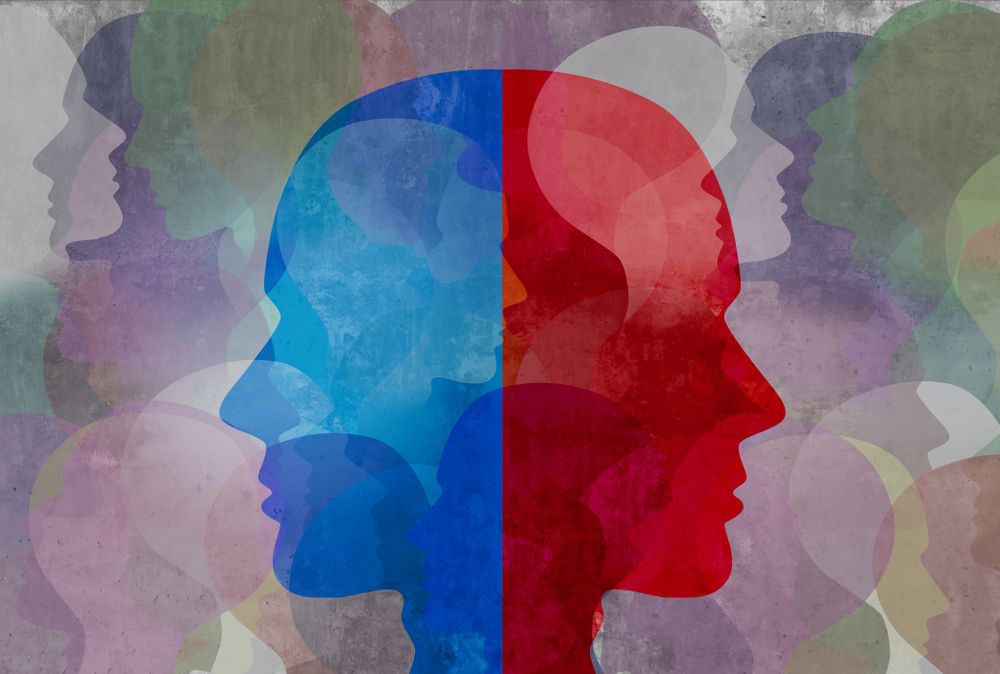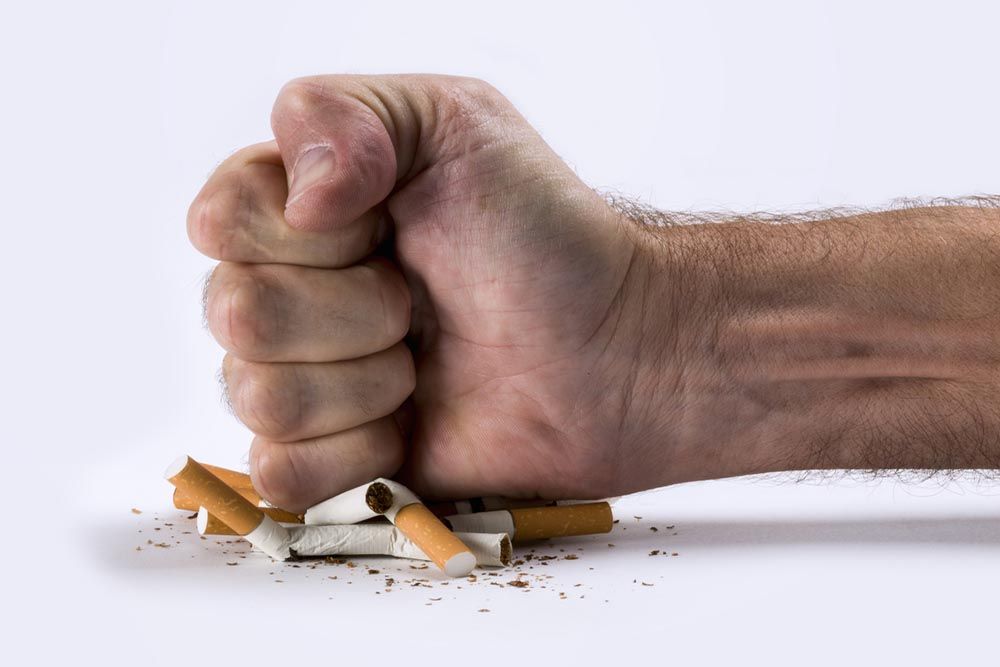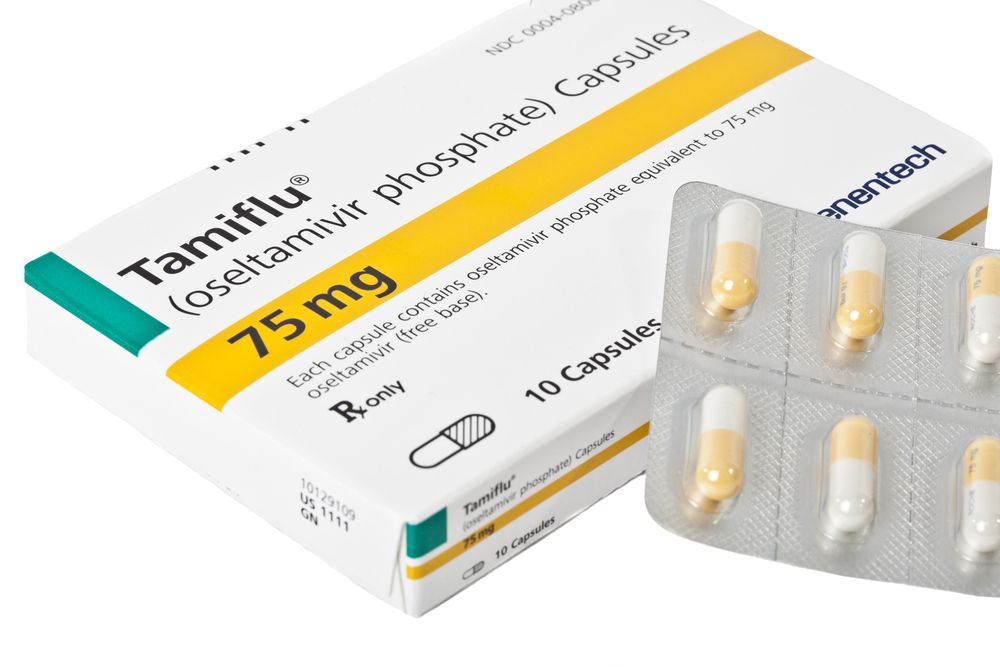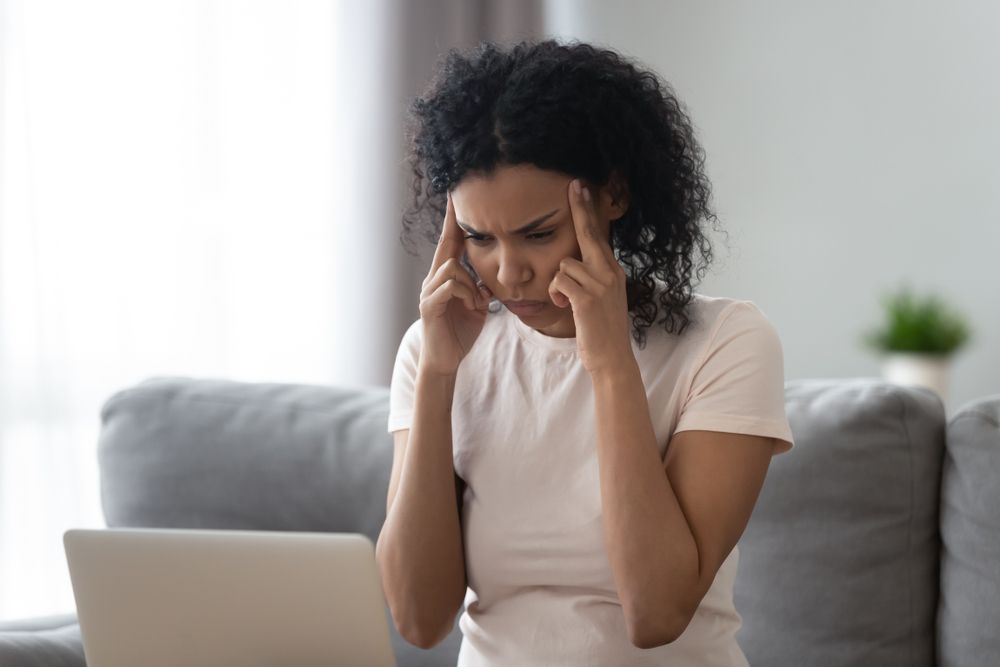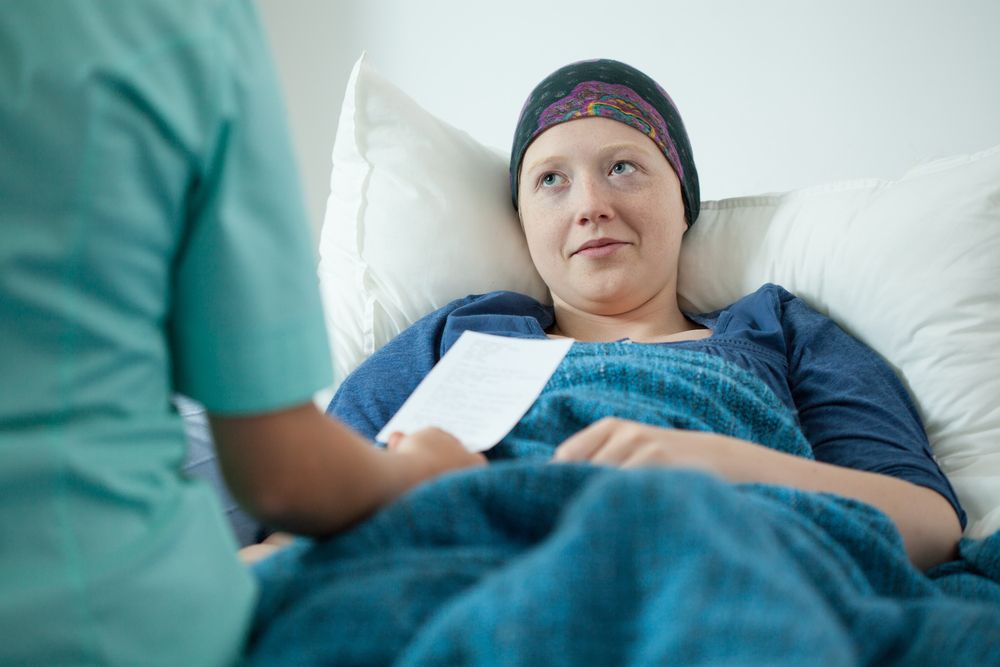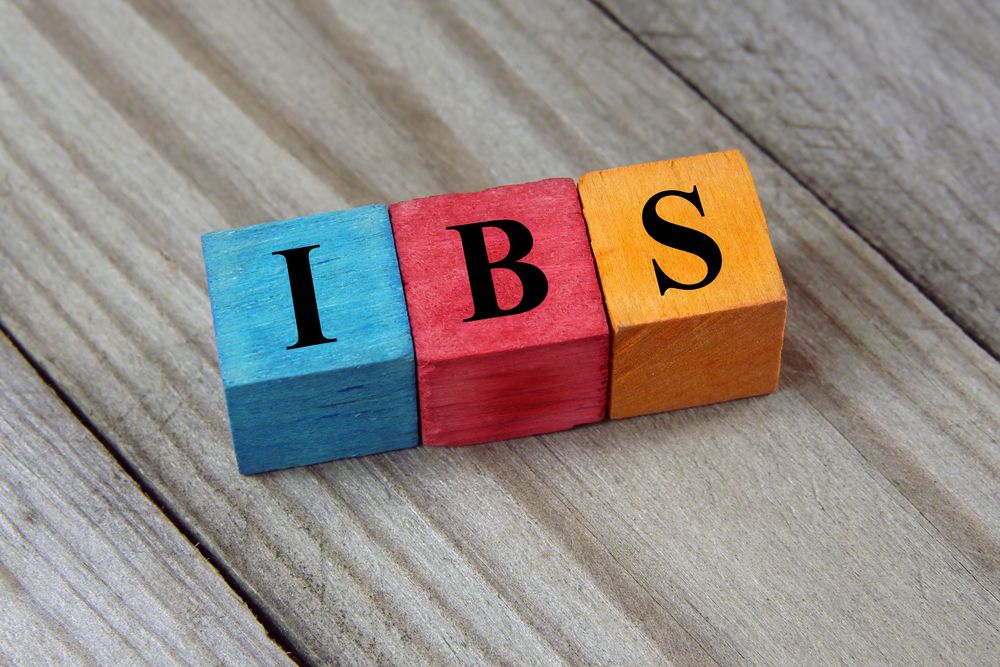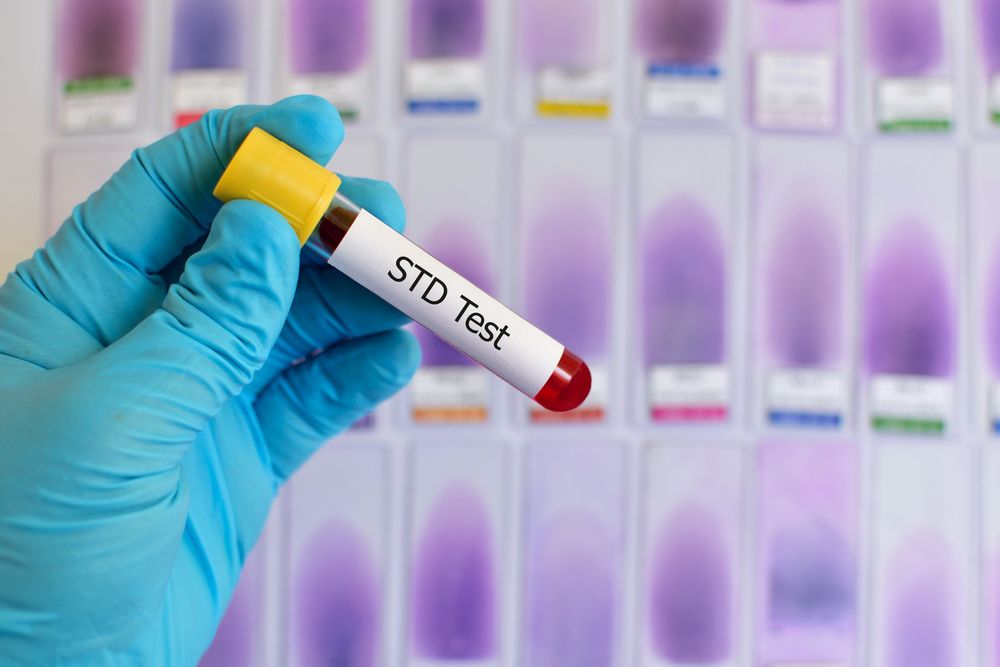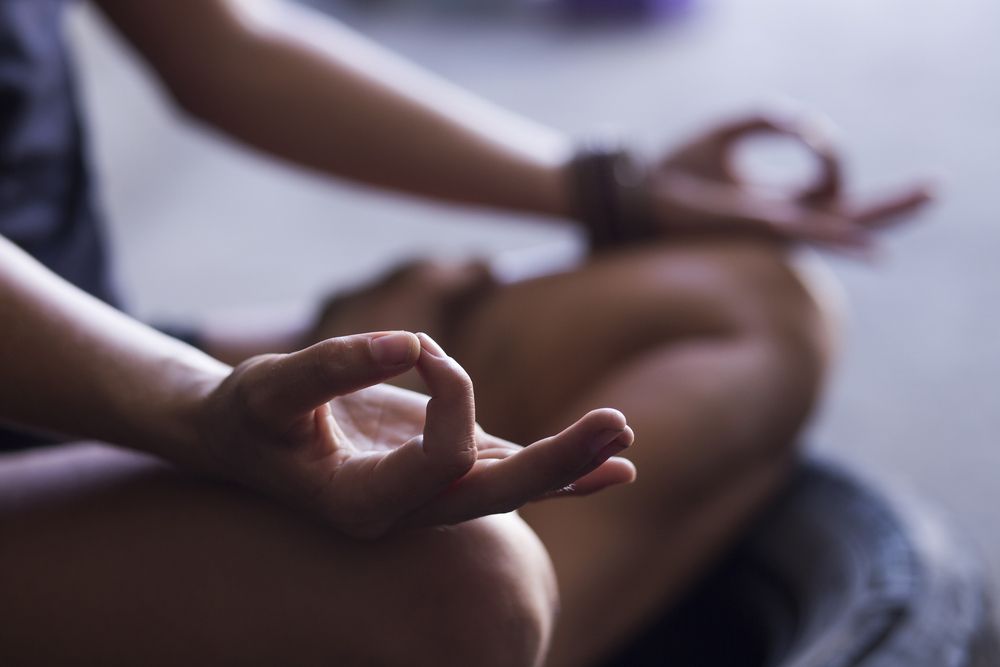Osteoporosis, often just called bone loss, is a condition in which your bones become brittle and weak. This occurs because they lose density as your body begins to degrade them faster than it makes new bone. It is most common among white and Asian women, but it can affect anyone. (Learn More — What Is Osteoporosis?)
You should be tested for bone loss if you are over 50 and break a bone — especially if the break did not seem to be due to a strong impact. Bone density tests typically require you to lie still under an X-ray scanner to examine the density of minerals in your bones. (Learn More — Diagnosis)
Treatment for osteoporosis depends on the severity. Your doctor will estimate your risk of breaking a bone in the next ten years. If it is low, you may just be prescribed some lifestyle changes.
More serious osteoporosis can be treated with medication to encourage denser bones. These medications are not without risks, however. Ask your doctor about the risks and side effects of any medication you’re prescribed. (Learn More — Treatment for Osteoporosis)
There are a few medications that are only prescribed if the more common ones cannot be tolerated or prove ineffective. Bone-building medications, such as teriparatide (Forteo), abaloparatide (Tymlos), and romosozumab (Evenity), can help patients build denser bones, but can only be used for one to two years. Serious side effects are rare but possible. (Learn More — Bone-Building Medications)
Lifestyle changes can benefit both people with osteoporosis and those at risk of developing it. Certain exercises, such as jumping rope and jogging, can increase your bone density, and the benefits are greater for those who start early. Diet change can help, too, as calcium, vitamin D, and (potentially) protein are all linked to bone health. (Learn More — Lifestyle Changes and Prevention)
Osteoporosis
Osteoporosis is a condition that causes your bones to become very brittle and weak. While severity can vary, even early stages make falls or mild stresses potentially crippling and life-threatening. In some cases, bones become so brittle that just coughing can result in a fracture.
While osteoporosis can affect everyone, white and Asian women — particularly those who are past menopause — are most at risk. During the first few years after menopause, bone loss occurs at the fastest rate.
However, some degree of bone loss is inevitable, and it begins occurring well before menopause is reached. People will generally start experiencing bone loss somewhere in their late 20s when your body’s ability to produce new bone starts to slow.
Diagnosis
Given the difference in prevalence, women should undergo osteoporosis screening earlier than men. Every woman should have a bone density test at age 65, whereas the guideline age is extended to 70 for men. However, individuals with risk factors for bone loss — low body weight, smoking, family history, and previous fractures — should be tested sooner.
 The bone density test is noninvasive and painless, only requiring that you lie still as a scanner passes over parts of your body with mild X-rays. This test does not usually take very long and only exposes you to very low amounts of radiation — less than the amount emitted during a chest X-ray.
The bone density test is noninvasive and painless, only requiring that you lie still as a scanner passes over parts of your body with mild X-rays. This test does not usually take very long and only exposes you to very low amounts of radiation — less than the amount emitted during a chest X-ray.
Treatment for Osteoporosis
Treatment is generally based on your risk of breaking a bone in the next ten years. Your doctor will determine this likelihood based on the information from your bone density test.
Your doctor will likely recommend lifestyle changes and potentially supplements to strengthen your bones. They may not recommend further treatment if the risks associated with common osteoporosis treatments outweigh the benefits for your particular case.
Assuming medications are determined to be a good fit for your needs, you and your doctor will have several options to choose from.
- Bisphosphonates (Actonel, Binosto, Boniva): These drugs are the most commonly prescribed medication for osteoporosis. Side effects can include nausea, heartburn, and abdominal pain, although these symptoms are less likely if you take the medication as directed.
- Monoclonal antibody medications (Prolia, Xgeva): Delivered via a shot every six months, these medications produce similar or better results than bisphosphonates, and decreases the risk of all types of fractures. However, these drugs can require indefinite use, as there is a high risk of spinal fractures after use is stopped.
In rare cases, these drugs can cause severe problems with your jaw and thigh bones. Discuss these risks with your doctor. - Hormone-related therapy: Testosterone, estrogen, or raloxifene (a drug that mimics estrogen sold under the brand name Evista) can often be used to help with age-related declines in bone health.
- Testosterone: As its use relates to bone health, testosterone is moderately understudied. Doctors generally prefer only to use it in conjunction with other treatments, if at all. As more is understood about how it helps with osteoporosis caused by low testosterone, this may change.
- Estrogen: Estrogen can help with bone density, especially for women who have just gone through menopause. It also has a variety of health risks, such as increasing a person’s risk of blood clots, heart disease, and some cancers. It is often only prescribed to younger women or those who could already benefit from estrogen due to serious menopausal symptoms.
- Raloxifene (Evista): This drug is similar to estrogen in terms of its effects on bone density, but comes with fewer risks. While raloxifene can reduce one’s risk of breast cancer, hot flashes are a common side effect. The drug may also increase your risk of blood clots.
Certain exercises, such as tai chi, can help to improve your balance, avoid unnecessary falls, and reduce overall stress.
If you’ve been diagnosed with osteoporosis, talk to your doctor about effective exercises to reduce your risk of falling. This could potentially help you avoid serious injury in the long run.
With minimal downsides and many benefits, there is no reason to wait for an osteoporosis diagnosis to practice balance exercises. If you are at risk for osteoporosis, consider picking the practice up now to improve your health and reduce any potential risks.
Bone-Building Medications
Some people cannot tolerate the medications discussed above or don’t see adequate improvement from their use. In this case, a doctor may have you try some bone-building medications (potentially in tandem with other treatments).
While they can help strengthen your bones, these drugs also tend to be powerful and can only be taken for a limited time. For example, the drug teriparatide (Forteo) should only be taken for a maximum of two years. Serious side effects are rare, but they can happen. Discuss what to expect with your doctor.
Lifestyle Changes and Prevention
While bone loss is a part of aging, osteoporosis and fractures are not. The following suggestions can help to reduce your risk of developing osteoporosis and breaking bones: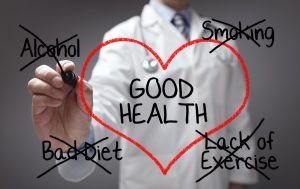
- Quit smoking. Smoking prevents estrogen from working properly, doubling your chances of bone loss and fractures.
- Cut back on alcohol. Anything more than two drinks per day can decrease bone formation. Intoxication also increases the risk of falls.
- Exercise. Weight-bearing exercises can strengthen your bones similarly to how it strengthens muscles. Effective weight-bearing exercises include aerobics, stair climbing, dancing, jogging, tai chi, and yoga.
Strength training exercises can also decrease the risk of osteoporosis and falls and increase flexibility. These exercises include lifting groceries, free weights, using resistance bands, and moves that use your own body weight (like pushups and squats).However, it’s important to note that too much exercise can actually increase the risk of developing osteoporosis for women. This is referred to as the “female athlete triad” and is caused by training too intensely.
- Diet. Calcium and vitamin D are essential nutrients involved in bone formation, and when your body doesn’t receive enough, it will begin to break down your bones to access them.
Foods rich in calcium include:- Low-fat or fat-free dairy products
- Calcium-fortified juices and food (soy milk, tofu, cereal)
- Sardines and salmon (with bones)
- Dark green vegetables (kale and broccoli)
Aside from sunlight, you can get vitamin D through:- Fatty fish (salmon and tuna)
- Beef liver, cheese, and egg yolk
- Fortified foods (cereal, milk, orange juice)
References
Osteoporosis: Symptoms & Causes. (June 19, 2019). Mayo Foundation for Medical Education and Research (MFMER).
Osteoporosis: Diagnosis & Treatment. (June 19, 2019). Mayo Foundation for Medical Education and Research (MFMER).
What is Osteoporosis and What Causes It? National Osteoporosis Foundation.
Osteoporosis Overview. (October 2018). National Institute of Health.
When (and Why) Should I Start Screening for Osteoporosis? (February 2019). Cleveland Clinic.
Bone Density Test. (September 2017). Mayo Clinic.
Forteo Pen Injector. WebMD.
Osteoporosis Prevention: What You Need to Know. (October 2018). WebMD.

